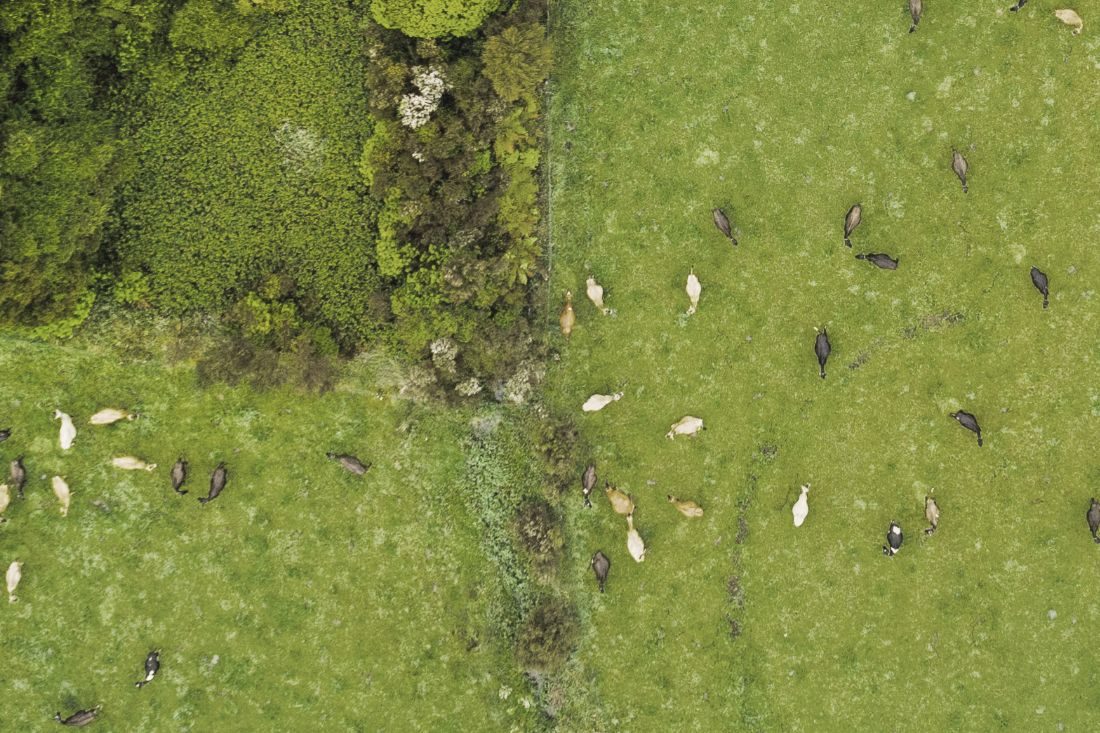The Farm Insights Report turns data from your Farm Dairy Records and other sources, into key insights about your farm.
If someone told you that you didn’t need to put phosphorus (P) on areas of your farm for the next 10 years, what would your response be?
Most farmers would scoff at the idea of not routinely applying phosphorous, but in fact, there are a considerable number of farms around the country where this is the reality.
When it comes to pasture management, most farms take a blanket approach to fertiliser application. Farmers can save energy and money, however, by taking a more targeted, planned approach. This can increase the efficiency and production of the farm and in turn, reduce emissions.
Farm Source TSR Neville Knight has more than 40 years’ experience working on farms around Southland, and with fertiliser companies and researchers. Neville is a fount of knowledge of pasture management and fertiliser application, and his advice is valued by farmers across many farms in Southland.
“Around 20% of national dairy farms don’t need phosphate or potassium based on nutrients already on the farm and brought in with feed. There is no economic advantage to having higher P values on farm. I’m working with farms that have got plus-40 P levels and we’re slowly mining them down to closer to 30 over a number of years. At the top end, some farms have been able to cut their phosphate inputs by 50% yet their P points have only dropped incrementally. It shows the resilience of the system. It can take years for the nutrients to stabilise to desired levels” he says.
“Every time you bring feed on to the farm, you’re bringing additional nutrients. There are many factors that influence levels such as rainfall, different farming systems, and behaviours. To actively manage nutrient levels on farm, it is essential to take a targeted, planned approach and study your paddocks.”
Sage advice for nutrient management
Study your soil
It is vital to understand your soil temperature and moisture level – particularly when you’re looking at applying nitrogen. There is regional data available to mine for this information. Some regional councils have environmental maps and data that is updated every 15 minutes from monitoring sites. Look at the highs and lows, the daily range. There will also be historical information that can help you assess trends for your area year-on-year, and guide planting and nutrient application timing.
Build a profile of your farm
What is your average pasture cover? Do you have a good system to measure this? What nutrients have already been applied on farm and when? What feed has been brought in? Crushed barley, for example, will lift a farm’s phosphorus level faster than many other compound feeds. Neville recalls one farmer ended up cutting the farm’s fertiliser use by 30% after feeding the cows 2kg of crushed barley a day during previous seasons and soil test results reflected these inputs in increased nutrients levels.
“To actively manage nutrient levels on farm, it is essential to take a targeted, planned approach and study your paddocks,” says Farm Source Technical Sales Representative Neville Knight.
Identify the lowest paddocks in your grass wedge
These are the areas that will need nitrogen and sulphur applied to at the beginning of spring.
Assess timing
How long is your first round of calving? Fertiliser should be applied after the cows have grazed an area. Apply nutrients as soon as you get a window of ground conditions that work – again assessing soil temperature and moisture levels. You’re not always guaranteed good conditions so capture the benefits when you can.
Look at hotspots and stock camps
Follow your cows. There will be areas of paddocks that don’t need nutrients. There can be a 20-50% difference in the levels of nutrients within a paddock depending on where the cows congregate (stock camps). Farmers can make substantial savings by targeting where any nutrients are applied to within a paddock.
Target your approach for crops
The approach will vary depending on the crop being planted and the sowing method used. Putting nutrients down the drill places the fertiliser used close to the seed provides the most efficient use of any inputs. Because of their importance to our farming system these parts of the farm should always have the highest priority for any nutrients applied.
Talk to your local TSR or visit a Farm Source store to find out more about how to maximise your pasture growth.
